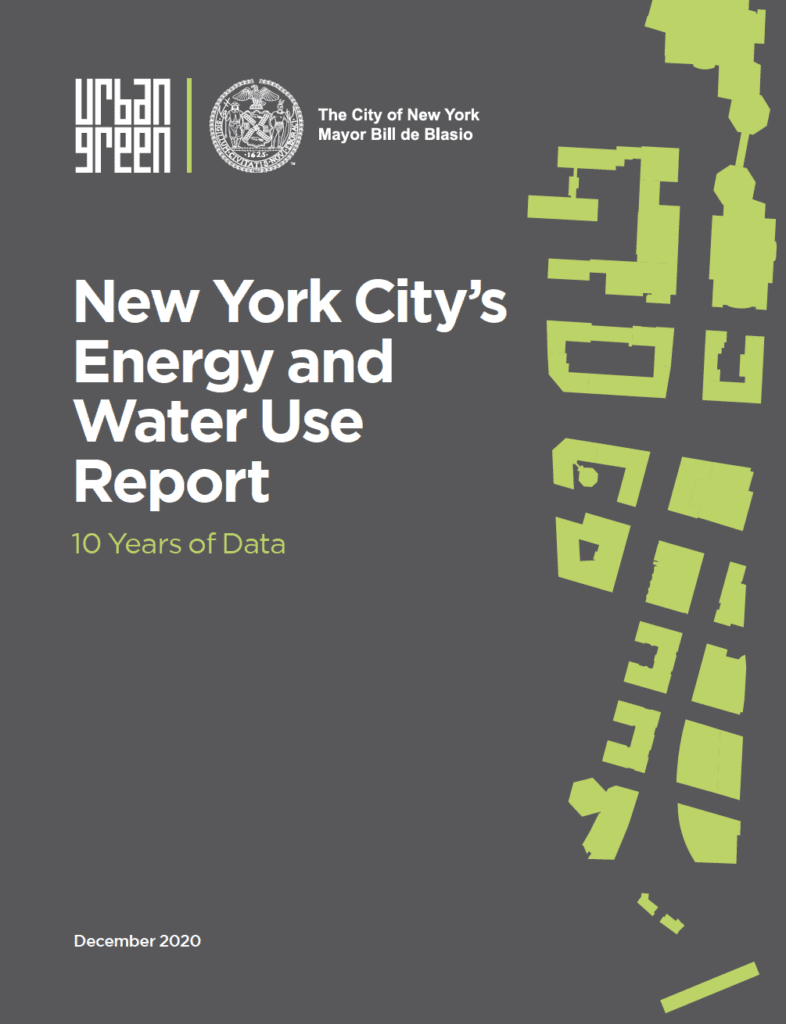How are NYC’s buildings doing in cutting emissions?
Original publication by Urban Green Council • December 14, 2020
Addressing climate change means addressing energy use in buildings. Two-thirds of New York City’s greenhouse gas emissions come from this sector, and the city needed reliable data to create effective policy to reduce emissions and track progress. Enter benchmarking. In 2010, New York became one of the first American cities to collect data about the energy and water used by large buildings. Urban Green was closely involved in creating and promoting the initial benchmarking law 10 years ago, and after a decade, NYC’s benchmarking dataset is the largest and most comprehensive in the country. More important, New York has successfully leveraged this data to implement innovative policies that promote energy efficiency and reduce emissions.

Since 2010…
- Emissions fell more than 23 percent and energy use fell more than 8 percent for regularly benchmarked properties.
- Energy efficiency was responsible for 35 percent of the emissions drop.
- Switching to cleaner fuels contributed 25 percent.
- A cleaner grid accounted for 40 percent.
New York City’s Energy and Water Use 2020 Report presents a trend analysis of 10 years of benchmarked energy and emissions, evaluates the energy and water use of midsize buildings for the first time and assesses the progress NYC’s benchmarked building stock has made towards citywide decarbonization goals and mandates.
This report was possible thanks to generous support from Carrier.

How a global pandemic shifted NYC’s energy use
NYC site energy use and carbon emissions both decreased in 2020.
New York City’s Energy and Water Use 2014 and 2015 Report
We used the 2014 and 2015 New York City building benchmarking data to explore energy use in NYC buildings.

Download NYC’s 2020 Energy and Water Use Report
Click here to read the PDF of the report.